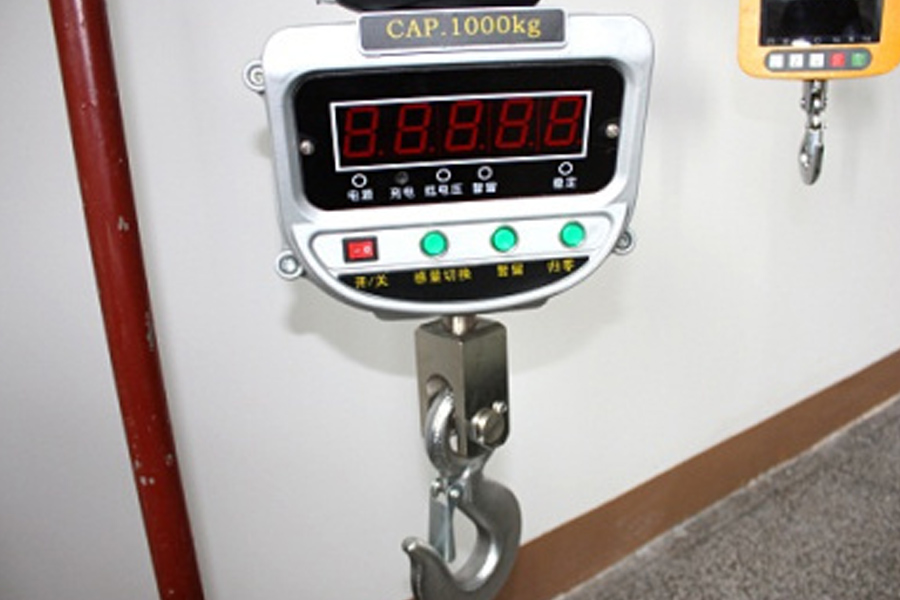Process range of combined machine tools
The combined machine tool is mainly used for two types of processes: plane machining and hole machining. Plane machining includes sharp plane, pigeon (profit) plane, and car end face;
Hole machining includes drilling, expanding, reaming, drilling, chamfering, grooving, tapping, countersinking, rolling, etc. With the development of integrated automation, its
The scope of technology is being expanded to the outer circle of the car, planetary milling 4l, broaching, pushing, grinding, grinding, polishing and stamping. In addition, you can also finish
Non-cutting work such as welding, heat treatment, automatic assembly and inspection, cleaning and parts sorting and printing.
Combined machine tools are used in large quantities in light industry such as automobile, pull machine, diesel engine, electric motor, instrumentation, military industry and sewing machine, bicycle
It has been widely used in production; some small and medium batch enterprises, such as machine tools, locomotives, construction machinery and other manufacturing industries, have also been promoted. The combined machine tool is most suitable for machining various large and medium-sized box parts, such as cylinder heads, cylinder blocks, gearboxes, motor mounts and meters
Shell and other parts; it can also be used to complete the cnc machining of some or all of the parts of the bushings, roulettes, forks and covers.
Machining accuracy
1)Hole machining
1.Hole dimensional accuracy
When using a reamed hole or a hole, the accuracy of the hole can reach H6, and the surface roughness is Ral. 65m. The roundness of the hole is within the tolerance of the hole size.
Within half range. When machining non-ferrous metals. Using precision fixture. After 3-4 times of machining, the precision can reach H6 level in Deding, the surface is rough
Roughness up to RaO. 8 ^ -RaO. 45mo
2.Coaxiality of the hole
When multi-axis machining from both sides. The coaxiality of the hole is generally 0. 05mm. When making fine holes from one side and using fixed clips
There are precision guides at both ends of the knife bar. Under the condition of good precision, the tool is within 1000mm length. Several processed parts in 03mm。 The coaxiality of the holes can be guaranteed within 0. 015 ^ -0. 03mm. When uniaxial machining of holes on the same axis from both sides,
Under the condition of the middle precision guide device, its coaxiality can be guaranteed. .015-0. 03mm,
3.Parallelism of the holes
Machining on a combination machine. The parallelism between holes and holes and the parallelism of the base surface when machining holes. At 1000mm length
Up to 0.02 ^ -0.05mm,
4.Position of the hole
The position accuracy of the hole has a lot to do with the fixture, machine type and accuracy. Holes, distances between holes and 025-0. 05mm。 Accuracy of the axis of the hole and the position of the positioning base can reach ± 0. 025-0. 05mm. On multi-station machines.
There is a positioning error on the table or rotary drum. Therefore, the machining accuracy is not high. If on the same station. With hanging movable formwork. Time in 05mm。 When the hole is finished, its precision can reach ± 0.05mm. When the holes are processed separately at different stations, the accuracy is lower. use
When machining with a vertical multi-station rotary table machine, its accuracy can reach ± 0.1mm. When machining with a drum-type machine. Its accuracy can only reach
To the 0. 2mm. Or even lower 2mm。 When drilling on the same station, the position accuracy is generally in the range of ± 0.2mm. Drilling on a machine with a fixed drilling template 15mm。 When its accuracy can reach ± 0. 15mm.
5.The verticality of the hole
When machining a hole on a combined machine tool, the perpendicularity of the centerline to the base surface and the centerline of the other hole can reach 100mm
The deviation within the length is 0.02mm.
6.Threaded hole accuracy
Threaded holes are usually machined on the combined machine tool by tapping. If the lubrication conditions are good, 7 grades can be processed on cast iron parts.Accurate tapped holes · The surface roughness is Ral. 65m,
The accuracy of the position of the threaded hole is based on its bottom hole when tapping. In addition to the influence of other errors, it is better than the position of the drilled hole.
15mmo The accuracy is slightly lower, which can generally reach ± 0.25mm. When the accuracy of the machine tool is higher, it can reach ± 0.15mm.
2)Plane machining
In combination machine tools and their automatic lines, 41. * 1 41, turning and pulling 411 are commonly used to process planes. Milling generally uses sharp cutting
General parts such as head, slide, slide, etc. According to the process requirements of the workpiece being processed, it can be composed of single-sided, double-sided, vertical, rotary table, etc
Type of combined milling machine. When machining large-scale box-like workpieces, a cloth with a sharp cutting head fixed and the workpiece mounted on a worktable is generally used.
Local type, such a machine tool has a relatively simple structure, good rigidity, and high machining accuracy. When machining small and medium-sized workpieces, 411 heads are usually milled
It is composed of drum-wheel combined milling machine or vertical continuous rotary table-type milling machine. This kind of machine tool has high production efficiency and low machining accuracy.
05mm。 The flatness of the machining plane on the combined machine can reach a deviation of 0. 02-0. 05mm within a length of 1000mm. rough surface
Degree is Ra3. 25m. The parallelism to the positioning base can be guaranteed. Within .05mm. Distance tolerance to positioning base can be
Guaranteed to be within 0.05 mm.
3)Stop machining
Multi-axis machining. The method of using a power slide to stay on the dead-end iron. Its machining accuracy can reach 0. 15 ^ -0. 25mm. Single axis plus 08-10mm. When conditions are good. Accuracy can be guaranteed. Within 02-0. 045mm.
